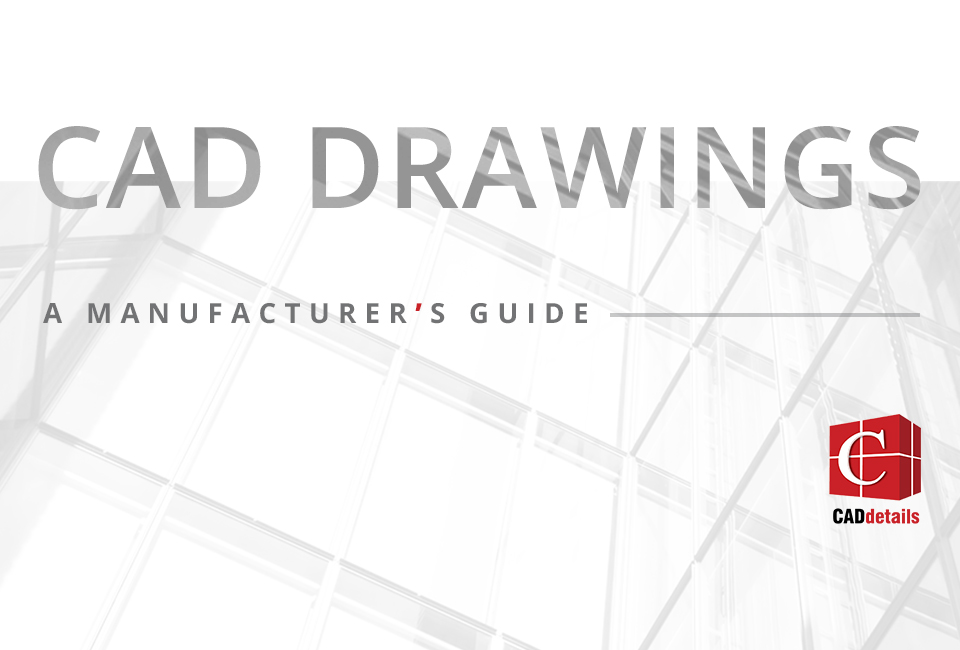Computer Aided Design (CAD) changed the way architects and designers design their projects. The original CAD software, Sketchpad emerged in the 1960s as part of a PhD thesis at MIT by Ivan Sutherland. Since that time, CAD has changed the construction industry. Sophisticated 3D CAD has dramatically improved and now Building Information Modeling (BIM) is favored by many designers. Architectural product manufacturers are faced with decisions about the types of content they should make available to the AEC community. 2D CAD continues to have its place in the design process. In this article, we discuss 6 reasons why it is important for building manufacturers to have 2D CAD.
1. Portability
As contractors rely on 2D CAD drawings during construction, they offer a huge benefit with their ability to be easily printed out and used on site as a visual reference. Additionally, by having the drawing on site, modifications can be done to the shop drawings immediately.
2. Flexibility
The flexibility of 2D CAD drawings, as identified by Engineering Geek, is one of the main benefits of 2D drawings. Designers can quickly make changes and review design options with 2D CAD.
3. Time
2D CAD drawings are typically created in less time than 3D models. This is because some of the more time consuming elements of the BIM process such as rendering, are not part of creating 2D drawings. As in all fields, designers can face tight deadlines, and time constraints make 2D CAD drawings preferred for certain tasks and projects.
4. Low Information Requirements While Relaying Crucial Project Details
The information needed to create a 2D CAD drawing can be minimal. A simple drawing may even be created from dimensions alone. While the information required to create the drawing is low, the CAD drawings communicate important project information. The layout of electricity and ventilation supply services for example, can be communicated easily in a 2D CAD drawing with minimal information beyond dimensions.
5. Ease of Use
2D CAD is relatively easy to use, and many designers are able to use the technology. This lessens the need for additional expertise when a project is based in 2D CAD. All design team members are likely to be able to access 2D CAD drawings, while there is a steep learning curve for 3D programs. For this reason, traditional 2D CAD may be preferred for smaller teams and simple projects.
6. Use in Project Contracts
Contractually, 2D CAD drawings continue to form the basis for project contracts and thus continue to be a necessary part of construction projects.
Construction projects continue to require 2D CAD, and there are clear benefits beyond meeting requirements. Architectural product manufacturers should consider the benefits of making their products available in 2D CAD to ease the incorporation of their products into construction project plans.
To learn more about how 2D CAD can help your company, visit the CADdetails CAD page for manufacturers.


